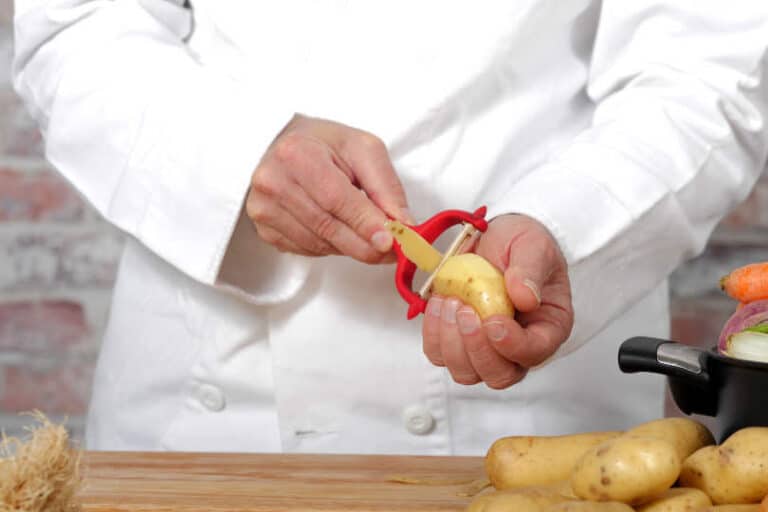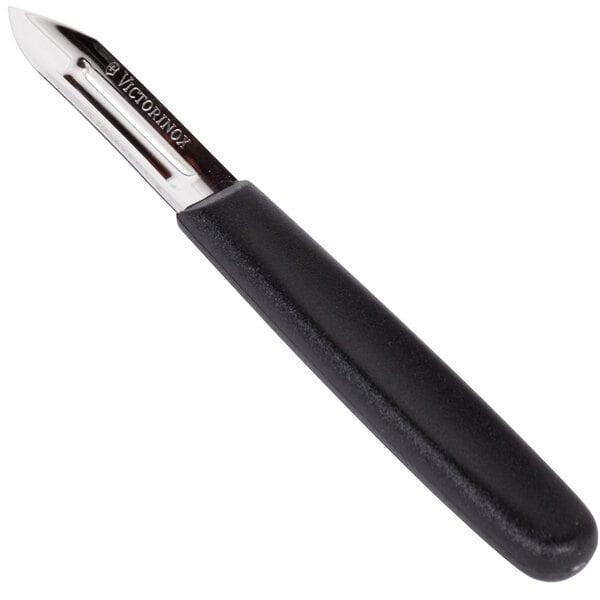
#Potatoe peeler series
164, includes it in a series of drawings and paintings depicting women at work in the home, which he dates to March–April 1885 and which culminated in "The Potato Eaters". "At Least Forty-five Van Goghs May Well be Fakes." Art Newspaper 8 (July–August 1997), p. 25, discusses Feilchenfeldt's doubts concerning the authenticity of both sides of the painting, as well as Stein's defense of the work on stylistic grounds and her argument that the double-sided format is evidence for its authenticity. "Cent Van Gogh remis en question." Journal des arts no. The New Complete Van Gogh: Paintings, Drawings, Sketches. European Paintings in The Metropolitan Museum of Art by Artists Born Before 1865: A Summary Catalogue. Roland Dorn and Walter Feilchenfeldt in "Genuine or Fake?-On the History and Problems of Van Gogh Connoisseurship." The Mythology of Vincent van Gogh. "Is It or Isn't It? A Van Gogh Languishes in Limbo." New York Times (July 8, 1990), p. 654, ill., dates it to February 1885 on the basis of a passage in one of Van Gogh's letters (no. The Complete Van Gogh: Paintings, Drawings, Sketches. Clark in The Metropolitan Museum of Art: Notable Acquisitions, 1965–1975. "Duktus und Bildform bei Vincent van Gogh." PhD diss., Ruprecht-Karl University, Heidelberg, 1973, p. 27, mentions it as a study for "The Potato Eaters". F365 recto, ill., dates it February–March 1885 substitutes the Charpentier Art Gallery, Paris, for the unknown Russian collector formerly included in the early provenance of the picture, since this individual acted for the Charpentier Gallery. The Works of Vincent van Gogh: His Paintings and Drawings. 119, ill., dates it February–March 1885 and calls it a study for "The Potato Eaters" (F77 Van Gogh Museum, Amsterdam). L'opera pittorica completa di Van Gogh e i suoi nessi grafici. The Complete Letters of Vincent van Gogh with Reproductions of All the Drawings in the Correspondence. 9, calls it a study for "The Potato Eaters" in the Kröller-Müller Museum, Otterlo (F78).

"The de Groot Collection." Metropolitan Museum of Art Bulletin 6 (June 1948), p. 362, states that the model is the same woman seated at the right in "The Potato Eaters" (F77 Van Gogh Museum, Amsterdam). De Hollandsche Periode (1880–1885) in het Werk van Vincent van Gogh (1853–1890). "A Loan of Paintings." Metropolitan Museum of Art Bulletin 31 (October 1936), p. (March 15, 1932), unpaginated, states that the Nationalgalerie Berlin had the opportunity to purchase six paintings by Van Gogh before World War I for the relatively modest sum of 25,000 marks but passed on the chance because of Wilhelm II's objections (see Koldehoff 2017). "Liebermann und Justi: Wieder eine van-Gogh-Affäre." Vossische Zeitung no. Ap, writes that there is no evidence against the attribution to Van Gogh. C, states that it was in a private collection, Russia, before going to the Hans Bammann Gallery in Düsseldorf. L'Oeuvre de Vincent van Gogh: Catalogue Raisonné. 101–2, ill., states that it is at the Kunsthandlung Hans Bammann, Düsseldorf. "Unbekannte Bilder von Vincent van Gogh." Der Cicerone 19 (February 1927), pp. Düsseldorf, 1927, unpaginated, as "Kartoffelschälerin" mentions it as on the back of the self-portrait with a straw hat (The Met, 67.187.70a). Alte Meister: Deutsche und Französische Kunst des 19. , mentions four small paintings that he has given or is planning to give to the comtesse de La Boissière, possibly including this picture. Department of Paintings Conservation records, The Metropolitan Museum of Art. Johnson, The Thread Count Automation Project, “Counting Van Gogh Thread Count Reports List," February 2019. of Electrical & Computer Engineering, of The Thread Count Automation Project Don H.

Abercrombie Professor Emeritus, Rice University, Dept. The report, dated August 2011, on the automated thread counting of Self-Portrait with a Straw Hat (reverse: The Potato Peeler) was prepared by Don H. Hendriks et al., "Automated Thread Counting and the Studio Practice Project," Van Gogh's Studio Practice, edited by M. Hendriks, “Automated thread counting” and E. Analysis of the canvas of Self-Portrait with a Straw Hat (reverse: The Potato Peeler) shows that it comes from the same bolt as seven other paintings by the artist, dating from 1885 to 1887, and that the canvases of two of these paintings are weft matches. Recent studies of Van Gogh’s canvas supports, undertaken by the Thread Count Automation Project in collaboration with the Van Gogh Museum, have used thread count and weave pattern to identify canvases cut from the same bolt.


 0 kommentar(er)
0 kommentar(er)
